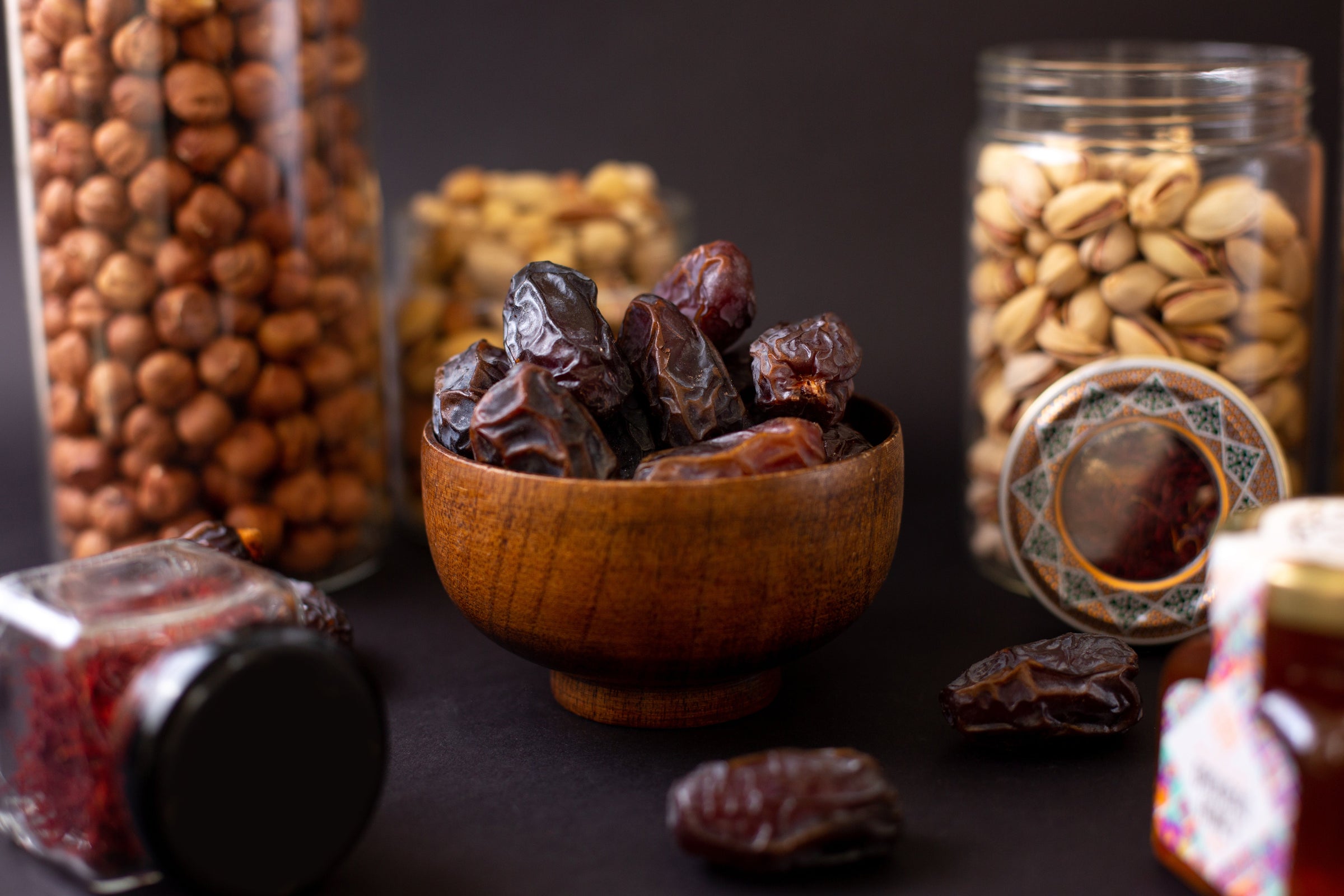The Ultimate Guide to Food Storage
Posted on January 22 2025,
Food storage is a vital skill for anyone looking to prepare for emergencies. Whether you’re storing food for a few days, months or even years having a solid plan ensures you’ll always have a reliable supply. This comprehensive introduction to food storage includes methods, shelf life considerations and tips for buying dehydrated and dried foods.
Why Food Storage Matters
Having a stockpile of food is essential for many reasons:
-
Emergency Preparedness: Natural disasters, power outages and even economic instability can disrupt access to food
-
Self-Sufficiency: Homesteading and survivalist lifestyles often rely on stored food during off-seasons
-
Cost Savings: Buying in bulk and storing food reduces costs over time
Short-Term Food Storage: Best Practices

Short-term storage typically covers needs for up to three months and focuses on daily consumption items.
Tips for Short-Term Storage:
-
Use Airtight Containers: Store grains, pasta and snacks in airtight containers to keep out pests and moisture
-
Rotate Stock: Follow the “first in, first out” (FIFO) method to use older items first
-
Refrigeration and Freezing: Store perishable items like dairy, meat and vegetables in the refrigerator or freezer
-
Label Everything: Clearly mark containers with purchase dates and expiration dates
Examples of Short-Term Storage Foods:
-
Canned goods (soup, vegetables, fruit)
-
Vacuum-sealed deli meats and cheeses
-
Fresh produce with longer shelf lives (e.g., apples, carrots, potatoes)
-
Frozen meals and ingredients
Long-Term Food Storage: Building Your Stockpile

Long-term storage involves planning for months to years, focusing on non-perishable and nutrient-dense foods.
Best Foods for Long-Term Storage:
-
Dried Foods:
-
Examples: Beans, lentils, rice, pasta
-
Shelf Life: 10-30 years (when stored properly)
-
-
Grains:
-
Examples: Wheat berries, oats, quinoa
-
Shelf Life: 10-20 years (with oxygen absorbers in Mylar bags)
-
-
Dehydrated Meals:
-
Examples: Freeze-dried soups, fruits and full meals
-
Shelf Life: 20-30 years
-
-
Canned Goods:
-
Examples: Vegetables, meats, soups
-
Shelf Life: 3-5 years (check for rust or damage regularly)
-
-
Powdered Foods:
-
Examples: Milk, eggs, protein powder
-
Shelf Life: 5-10 years
-
Storage Tips for Longevity:
-
Control the Environment: Store food in a cool, dry and dark space. Aim for temperatures between 50-70°F.
-
Use Mylar Bags with Oxygen Absorbers: These prevent oxidation and keep out pests.
-
Vacuum-Sealing: This extends the shelf life of dried goods and prevents freezer burn for frozen items.
-
Buckets and Food-Grade Containers: Use buckets with gamma lids to store large quantities of grains or beans.
-
Desiccants for Moisture Control: Add silica gel packs to keep humidity levels low.
Expiration Dates and Food Safety
Understanding expiration dates is critical to avoid wasting food or consuming spoiled items.
-
Best By: Indicates when food is at peak quality; safe to consume after this date if stored properly
-
Use By: A safety guideline for perishable items; avoid eating past this date
-
Shelf Stable: Items like grains and freeze-dried meals can last decades when unopened and stored correctly
-
Inspect Before Use: Check for unusual smells, discoloration or bulging cans, which indicate spoilage
Buying Dehydrated and Freeze-Dried Foods

Dehydrated and freeze-dried meals are staples in prepper and survivalist food storage due to their convenience and long shelf life.
Advantages:
-
Lightweight and compact
-
Nutritional value retained during processing
-
Easy to prepare (just add water)
-
Long shelf life (20-30 years for most products)
Where to Buy:
-
We've tried a number of companies so you don't have to. See our catalog
What to Look For:
-
Variety: Include meals with balanced nutrients (protein, carbs and fats)
-
Packaging: Mylar pouches or #10 cans are ideal for long-term storage
-
Serving Size: Ensure the portions meet your family’s needs
How to Get Started with Food Storage
-
Assess Your Needs:
-
Determine how many people you’re storing food for and for how long
-
Start with a 72-hour supply and build from there
-
-
Start Small:
-
Buy extra non-perishables during regular grocery trips
-
Store bulk items like rice, beans and oats in airtight containers
-
-
Create a Rotation System:
-
Regularly consume and replace stored food to keep the stock fresh
-
-
Experiment with Dehydrated Meals:
-
Try different meals to find ones your family enjoys
-
-
Keep Track of Inventory:
-
Use spreadsheets or apps to log expiration dates and quantities
-
Conclusion
Food storage is a crucial part of emergency preparedness, homesteading, and sustainable living. By understanding the basics of short- and long-term storage, choosing the right foods and following best practices, you can build a stockpile that ensures your family’s well-being in any situation. Start small, stay organized and plan for the unexpected.



0 comments